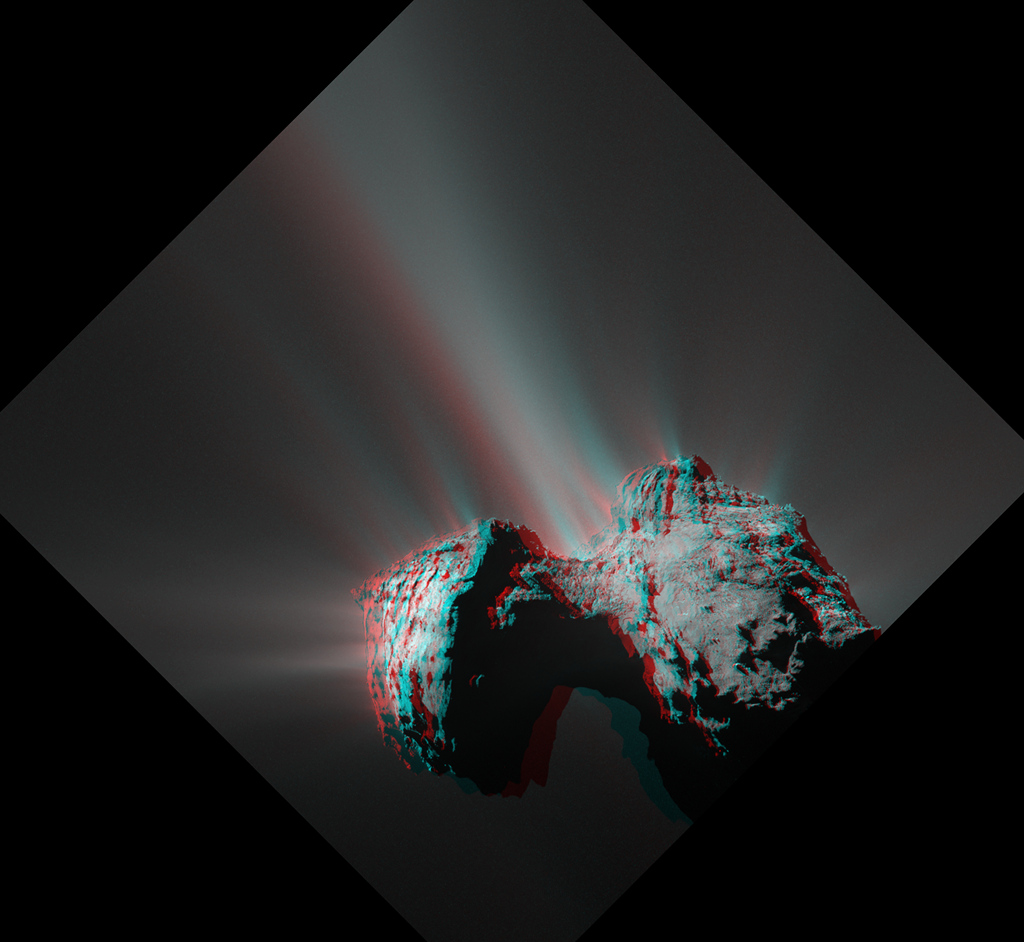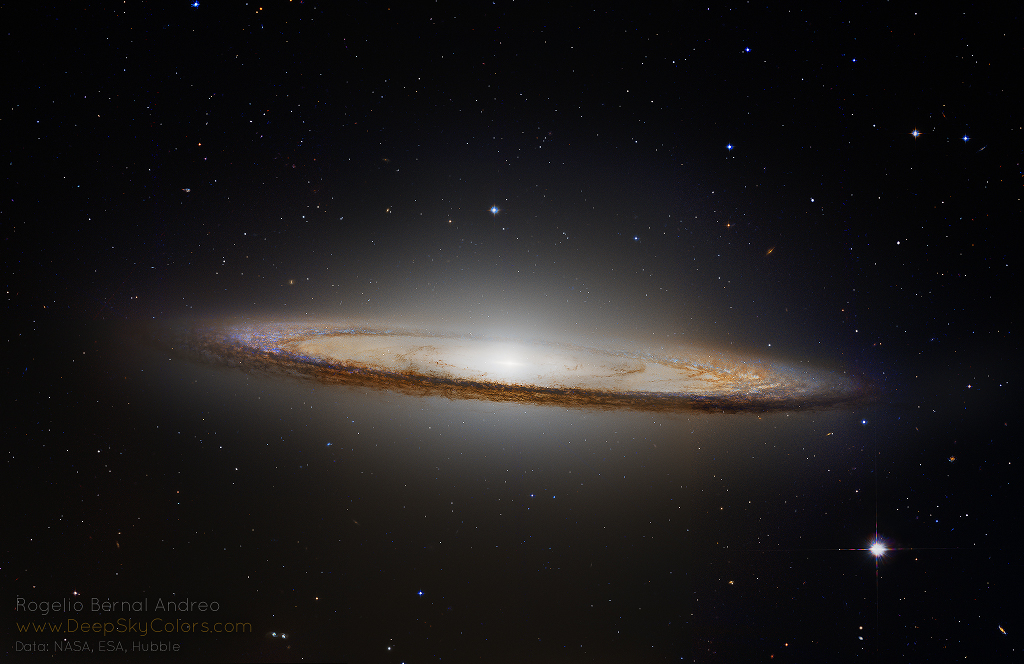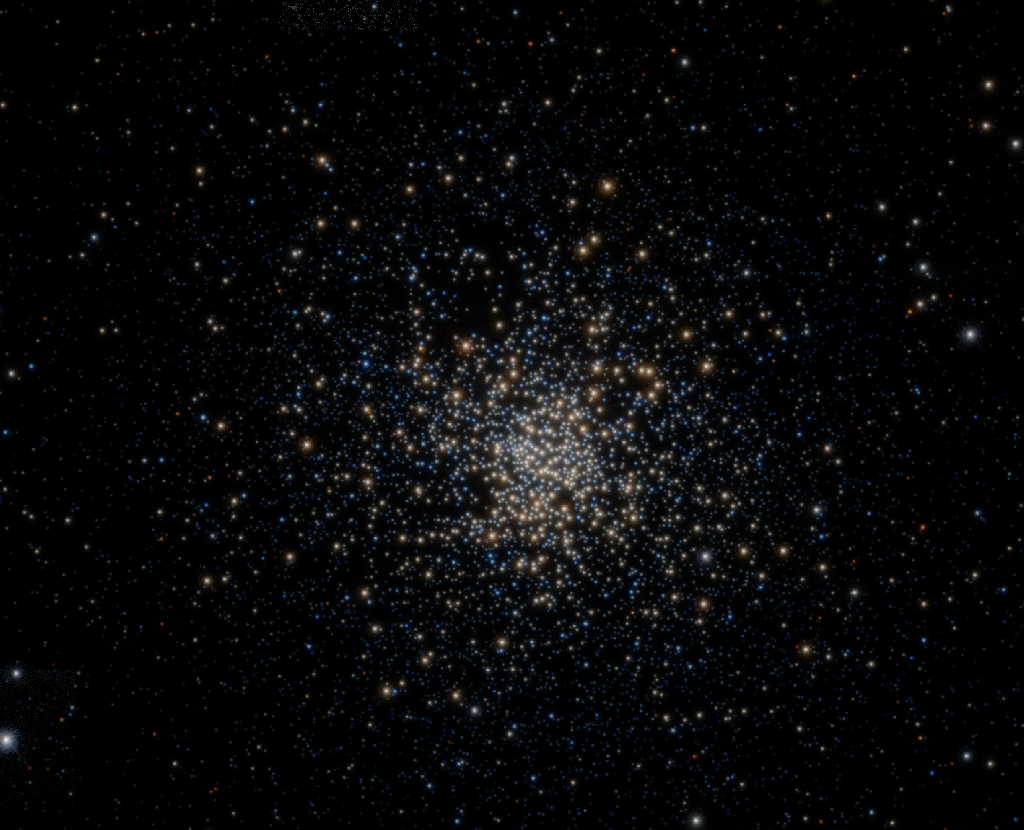 USA, 5.913
USA, 5.913 FRANCE, 3.307
FRANCE, 3.307??? REGIÃO DESCONHECIDA, 1.402
 ALEMANHA, 971
ALEMANHA, 971 BRASIL, 921
BRASIL, 921 BÉLGICA, 786
BÉLGICA, 786 UCRÂNIA, 675
UCRÂNIA, 675 EMIRADOS ÁRABES UNIDOS, 547
EMIRADOS ÁRABES UNIDOS, 547 CANADA, 408
CANADA, 408 RÚSSIA, 275
RÚSSIA, 275 USA, 5.913
USA, 5.913 FRANCE, 3.307
FRANCE, 3.307 ALEMANHA, 971
ALEMANHA, 971 BRASIL, 921
BRASIL, 921 BÉLGICA, 786
BÉLGICA, 786 UCRÂNIA, 675
UCRÂNIA, 675 EMIRADOS ÁRABES UNIDOS, 547
EMIRADOS ÁRABES UNIDOS, 547 CANADA, 408
CANADA, 408 RÚSSIA, 275
RÚSSIA, 275


 Le 22 février, descendant à une vitesse de moins d’un mètre par seconde, la sonde japonaise Hayabusa2 s’est approchée de l’astéroïde Ryugu et, au dernier moment, a lancé un projectile qui a fait s'envoler cailloux et poussières. Une vidéo permet à présent de voir cette manœuvre.
Le 22 février, descendant à une vitesse de moins d’un mètre par seconde, la sonde japonaise Hayabusa2 s’est approchée de l’astéroïde Ryugu et, au dernier moment, a lancé un projectile qui a fait s'envoler cailloux et poussières. Une vidéo permet à présent de voir cette manœuvre.




2025 December 14 Juno Flyby of Ganymede and Jupiter Video Credit: NASA , JPL-Caltech , SWRI , MSSS ; Animation: Koji Kuramura , Geral...
